NATURE Tracks the Evolutionary Journey of the Feline
Cats are one of the most diverse and studied mammals in the world, yet only now is their real identity being understood. Evolutionary tricks and adaptations have contributed to their successful survival.
In fact, all 37 species of the cat family behave similarly in the way they hunt, utilizing flexible spines and sharp teeth to catch their prey. No surprise, then, that they are one of the greatest predators since the dinosaurs and are still evolving.
THE STORY OF CATS, a two-part series, chronicles the 11 million year history of how the most widespread carnivore on the planet evolved, from their roots in ancient rainforests to today’s popular house cat.
The latest discoveries by scientists studying their physiology and behaviors are also incorporated into the series.
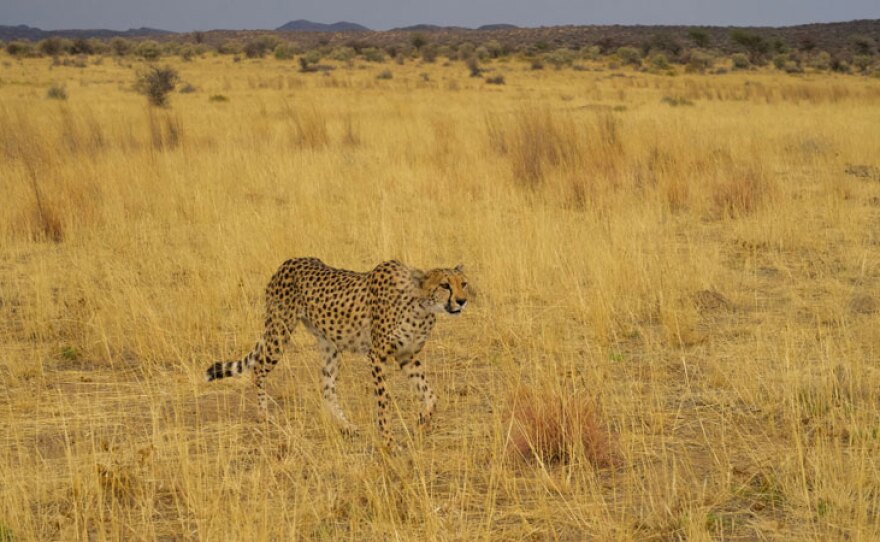
EPISODE GUIDE:
“Asia To Africa" repeats Wed., Oct. 7 at 8 p.m. on KPBS TV + Thurs., Oct. 8 at 7 p.m. on KPBS 2 - The first episode shows how the first cats arose in the rainforests of Southeast Asia and moved throughout the continent adjusting to other environments such as high altitudes (snow leopard, Pallas’s cat) and frozen forests (Siberian tigers).
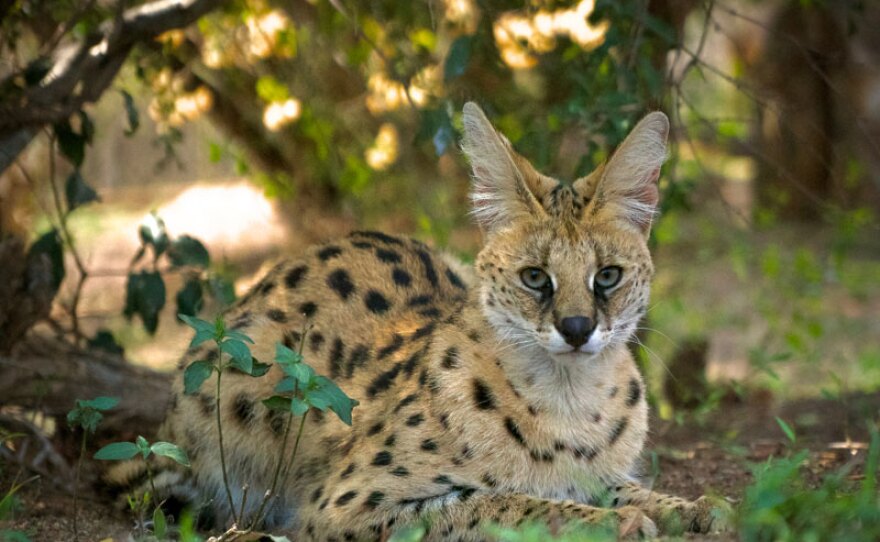
The film introduces the most ancient type of cat existing today, the rare clouded leopard, whose genetic blueprint is shared by all cats.
Learning how to become ambush predators through play is one of the crucial traits that all young members of the cat family must develop in order to survive in the wild.
Cubs of species like the clouded leopard don’t have much time to master these skills before their mother forces them out to find their own territories as solitary predators.
It is one of the reasons that around nine million years ago, the ancient tree climbing felines began to fan out all over Asia.
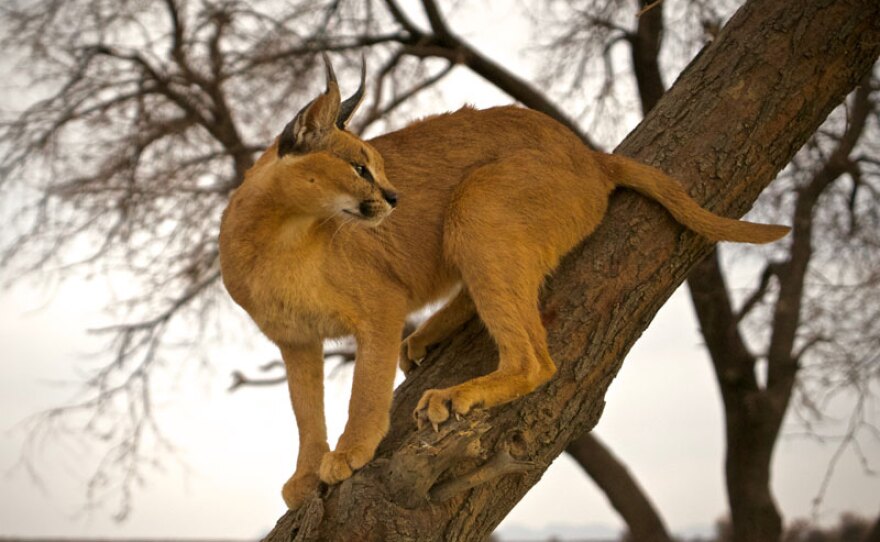
NATURE explains that a drop in sea level about eight million years ago made Africa accessible via the Red Sea land bridges to the adaptable cats.
On the African plains, a keen sense of hearing and an ability to jump high were often necessary attributes for these solo hunters to catch prey.
The lion however is the only cat who transitioned from being solitary to living in prides with shared responsibilities and defined roles.
Experts theorize that early lions figured out they could hold the best hunting grounds if they worked together.
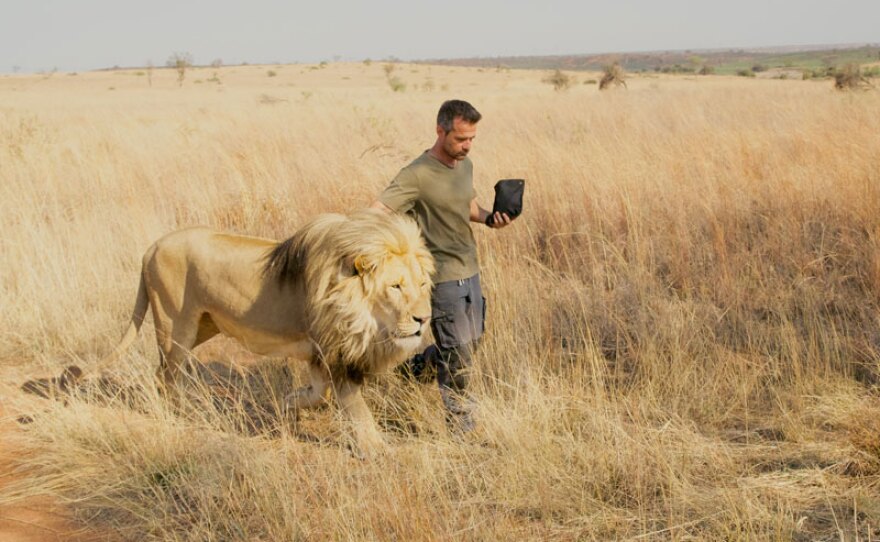
“Into The Americas” repeats Wed., Oct. 14 at 8 p.m. on KPBS TV + Thurs., Oct. 15 at 7 p.m. on KPBS 2 - The second episode traces how the first cats crossed the Bering Strait land bridge from Asia into North America around nine million years ago, competing for food and territory with the early canids, ancestors of wolves and foxes. They later were able to enter South America and ended up becoming top predators on both continents.
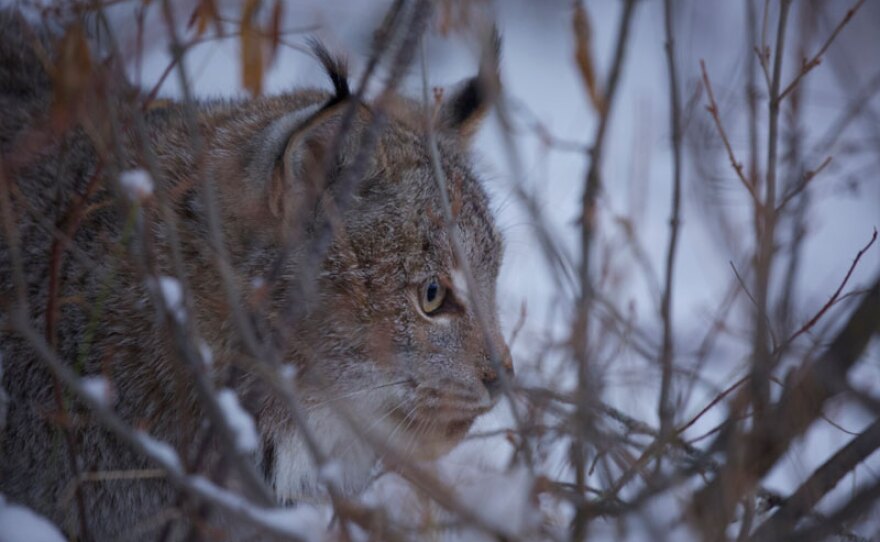
Today there are 13 different feline species in the Americas including the Canada lynx, margay, ocelot, jaguar, and mountain lion.
One segment features Biologist Jeff Sikich of the National Park Service studying mountain lions in the Santa Monica Mountains next to Los Angeles.
He confirms their proven hunting technique of pouncing on their prey rather than chasing it, just like their ancestors.

But the origins of the most successful cat of all, the domestic house cat, lay in the wildcat’s ability to catch mice attracted by grain stored in villages. They made their way from the Mideast to Europe to America serving the same mouser role on trading ships.
The program states that a genetic mutation created the first distinct feline breed, the Siamese cat, in Southeast Asia.

People then bred domestic cats for the features they wanted, resulting in more than 40 different types of felines. But although cats are still wild at heart, they may evolve yet again if owners want to reduce the time their pets spend hunting.

Watch On Your Schedule:
Both episodes, "Asia To Africa" and "Into The Americas," are available to stream on demand.
With the PBS Video App, you can stream your favorite and local station shows. Download it for free on your favorite device. The app allows you to catch up on recent episodes and discover award-winning shows.
Join The Conversation:
NOVA is on Facebook, and you can follow @novapbs on Twitter. #NOVAnext
Credits:
NATURE is a production of THIRTEEN PRODUCTIONS LLC for WNET. For NATURE, Fred Kaufman is executive producer. THE STORY OF CATS is a production of Plimsoll Productions and THIRTEEN Productions LLC for WNET.





